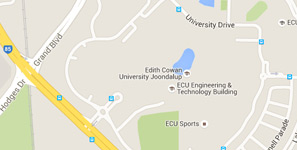2020 - Commerce Discipline Award, School of Business and Law, ECU
2016 – Most cited article of the Journal of Banking and Finance
2016 – Publications Success Acknowledged in Dean’s Newsletter
2013 – Best Paper Award, Performance of Financial Markets in Economic Systems

